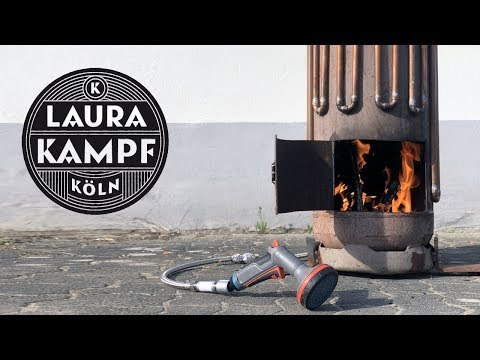Don't wanna be here? Send us removal request.
Text
Is a Tankless Water Heater a Good Idea?
"We rely upon a hot water heater day after day. Due to the fact that they are typically set up in the garage or basement, we do not think excessive about it until we do not have any hot water or we discover water leaking on the floor. Many hot water heater will last for a long time since they have been provided correct upkeep to extend their life. By extending the life of your water heater, you save cash since you do not need to buy a new one.
You will wish to do an easy three-step program yearly to keep your tank at top condition. This program will only take about 5 minutes to do and is easy to accomplish. You will be doing 3 things:
Change the temperature

Check the Relief Valve for temperature level and pressure
Flush sediments from the bottom of the tank
Let's begin with Action No. 1: Changing the temperature level
At the front of the hot water heater tank is a dial. It may be a knob on the gas valve or a thermostat on an electrical heater.
Change the settings to about 60 degrees. If you keep your water hotter than this temperature level, you are wasting energy and may trigger your tank to overheat. Your warm water heating system will actually add cold water to the hot water if it is really high as a precaution.
The second action we are going to examine is the temperature level and pressure relief valve. This valve is vital to the correct operation of your water heating system and is a security feature.
To evaluate the valve, raise the lever about half method, let go, and let it snap back.
Listen for a gurgling noise. The valve is permitting water to be released into the drain tube.
If you did not hear anything, it might mean that the valve is bad and needs to be replaced.
The third and last step of preserving your heating unit is to flush the sediment from the tank. This will assist avoid deterioration and rust from developing inside the tank. It is best to do a complete flush however that indicates you would need to shut down your storage tank and drain all of the water inside. You can perform a smaller flush that will work. You can do this mini flush while the hot water heating unit is still running. Here is what to do:
At the bottom of the tank is a drain valve. You can connect a hose and run it outside or put a bucket under the valve.
Your tank may have a handle on the drain or one that will need to be turned with a screw driver.
Turn the deal with counter clockwise. Hot water will start draining from the tank.
When you have actually drained pipes a number of gallons, turn the drain off by turning clockwise.
Care: Be prepared for the water draining pipes from the water heating system to be hot. Make certain children are not around you when you do this and be cautious that you are not burned.
Even with care, a water heating system can have issues. Signs that your hot water heater is having a problem are the following:
No hot water
Water dripping around the base of the heating unit
Low popping sound inside the tank
youtube
Rust colored water
Cool or cold water at the tap when the warm water is switched on
If you are experienced with replacing water heaters, you can replace your heating unit or attempt to repair the area that may be broken. Your other option is to call a plumber. These are possible issues that your hot water heater might be having:
The heating component may be bad if you get luke warm water when showering.
Examine to see when you are having an issue with not having enough hot water. Is it in the early morning or night when all of the family members are showering? You may require a larger tank or a modification of schedules.
If you are experiencing rust colored water, you may have rust and rust within your tank or the anode rod is failing.
If you are hearing a low popping noise, it is boiling water within your tank. Sediment has developed in the bottom of your tank and it is overheating.
If you discover that your heating unit is leaking, it is normally the relief valve not working properly or your tank has rusted or worn away.
Keeping your warm water heating system in great condition is important. You will delight in the advantages of having warm water when you desire it.
You may want to include a ""blanket"" around your heating system. This is an unique blanket that will assist to insulate your warm water heating system and bring it to an insulated value of R-16. Inspect the fittings on your heating unit to be sure they are dry and in excellent condition prior to setting up the blanket. Be sure the valves and thermostats are left exposed so you can perform routine upkeep. By insulating your hot water heater, you can minimize the standby heat losses as much as 45%. This will conserve you as much as 9% in your hot water heating expenses.
With a little care your warm water heater will continue to offer you with warm water when you desire it. Would now be a great time to go and examine yours?"
0 notes